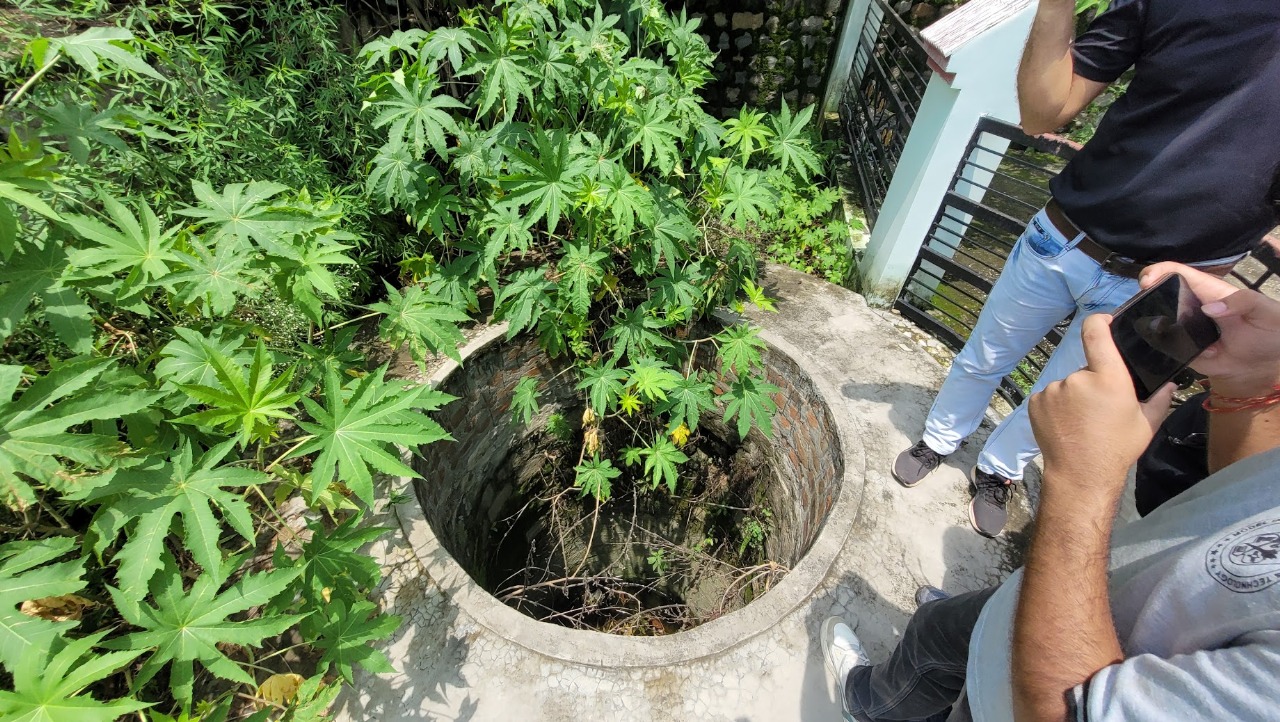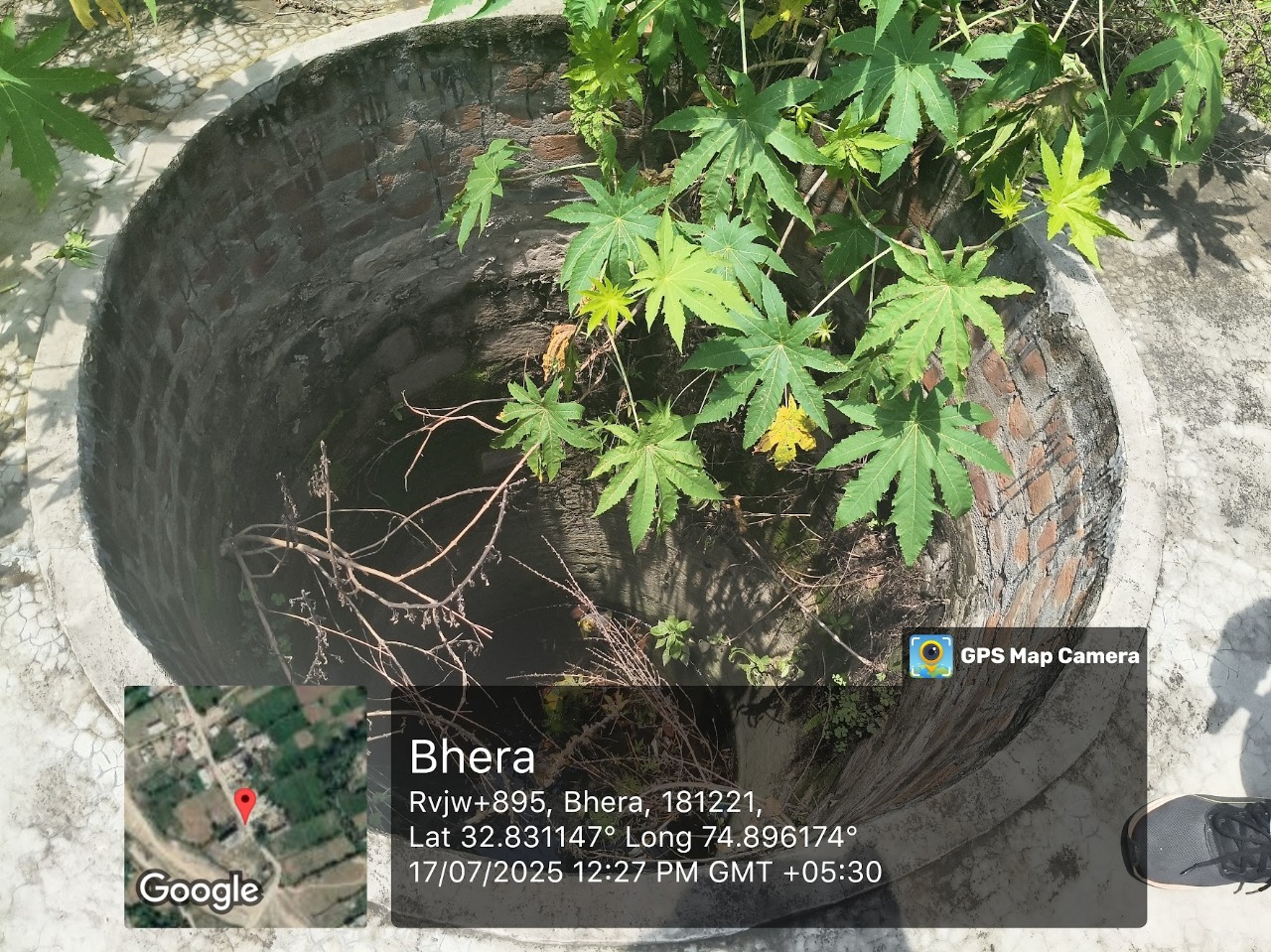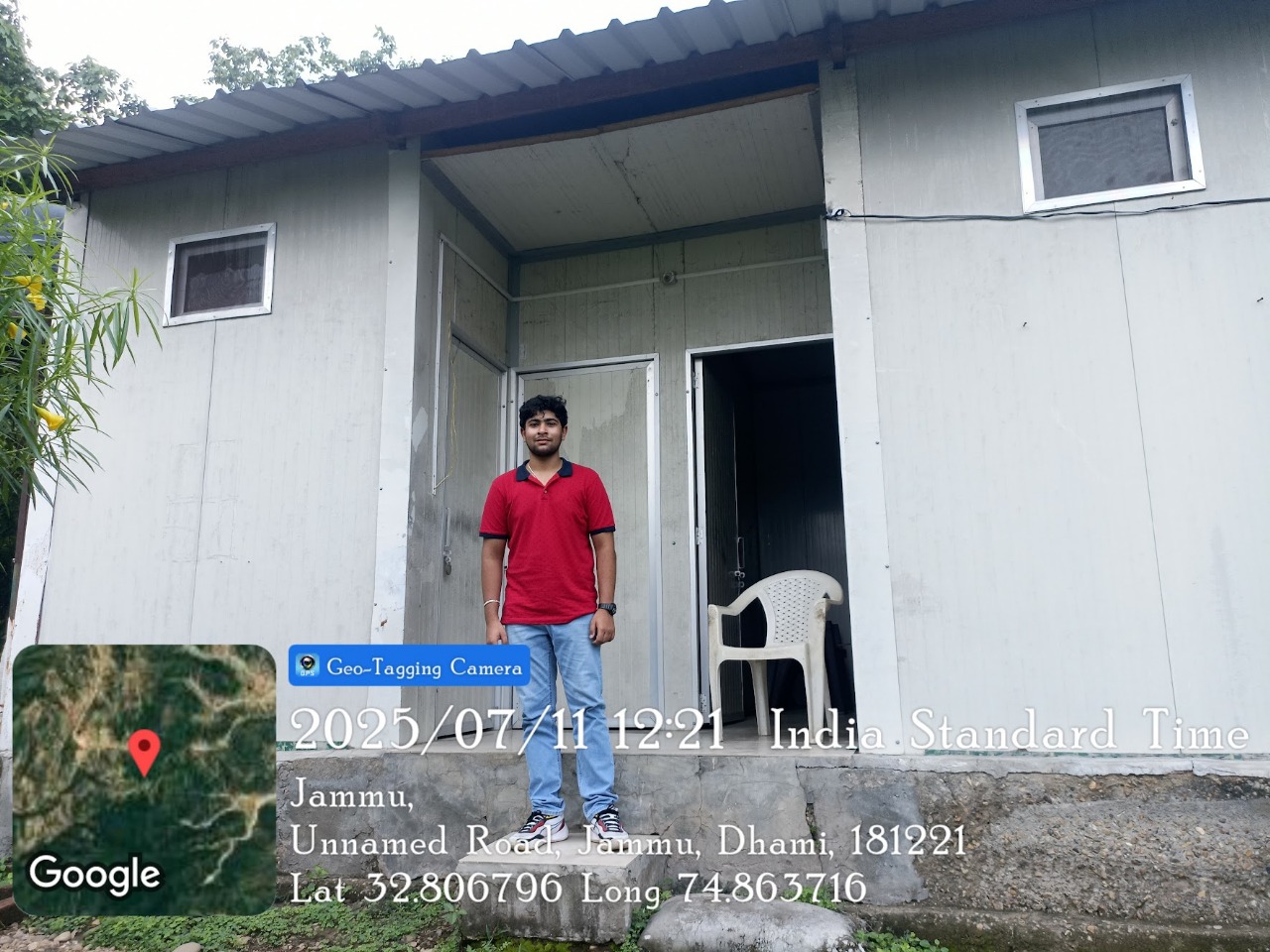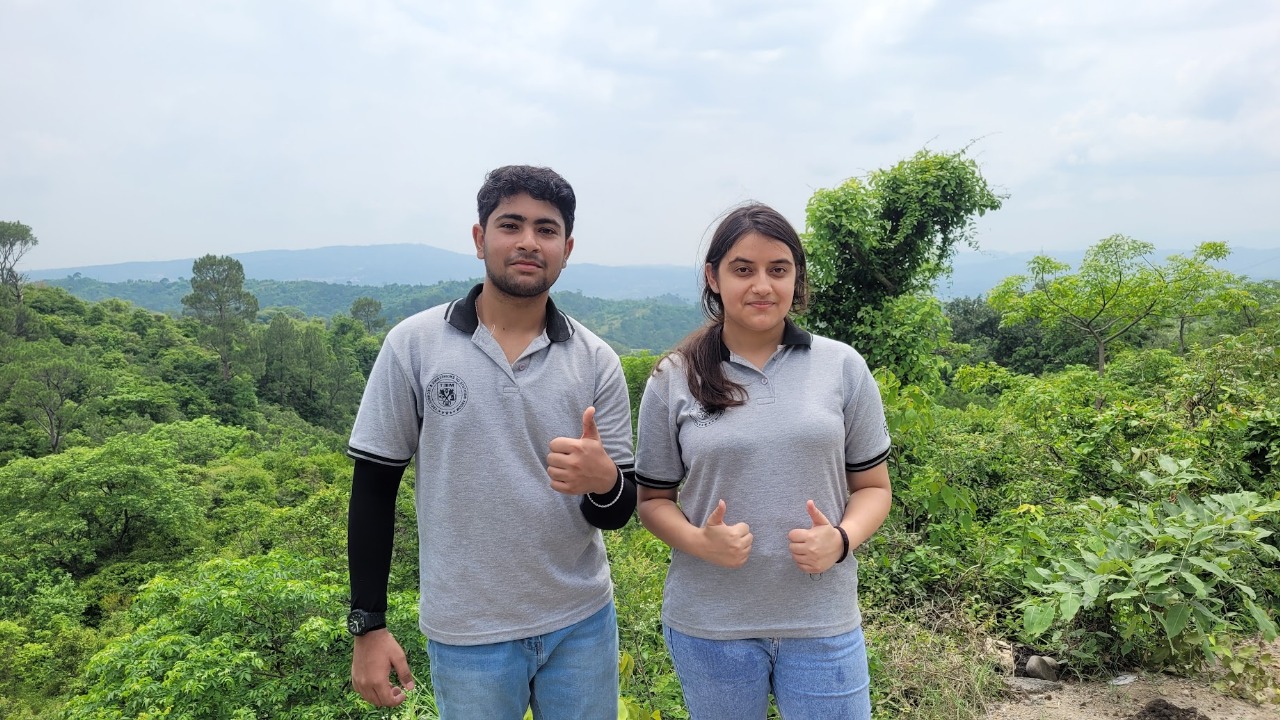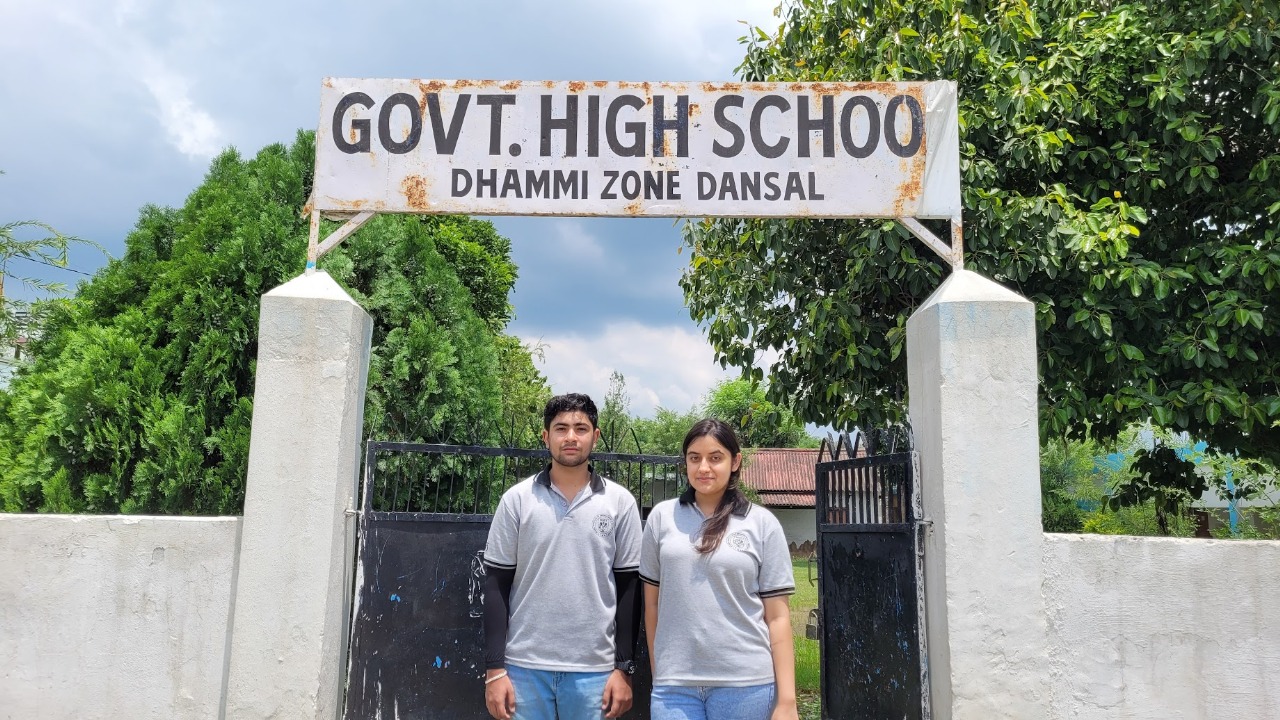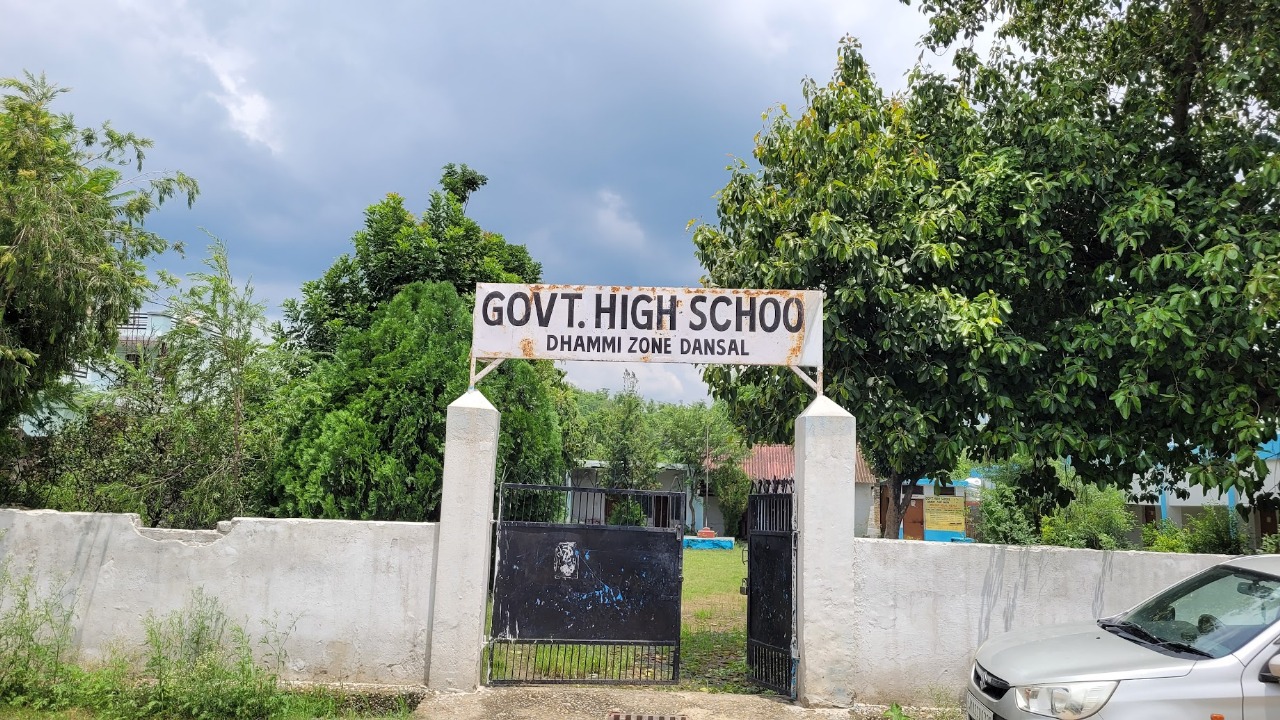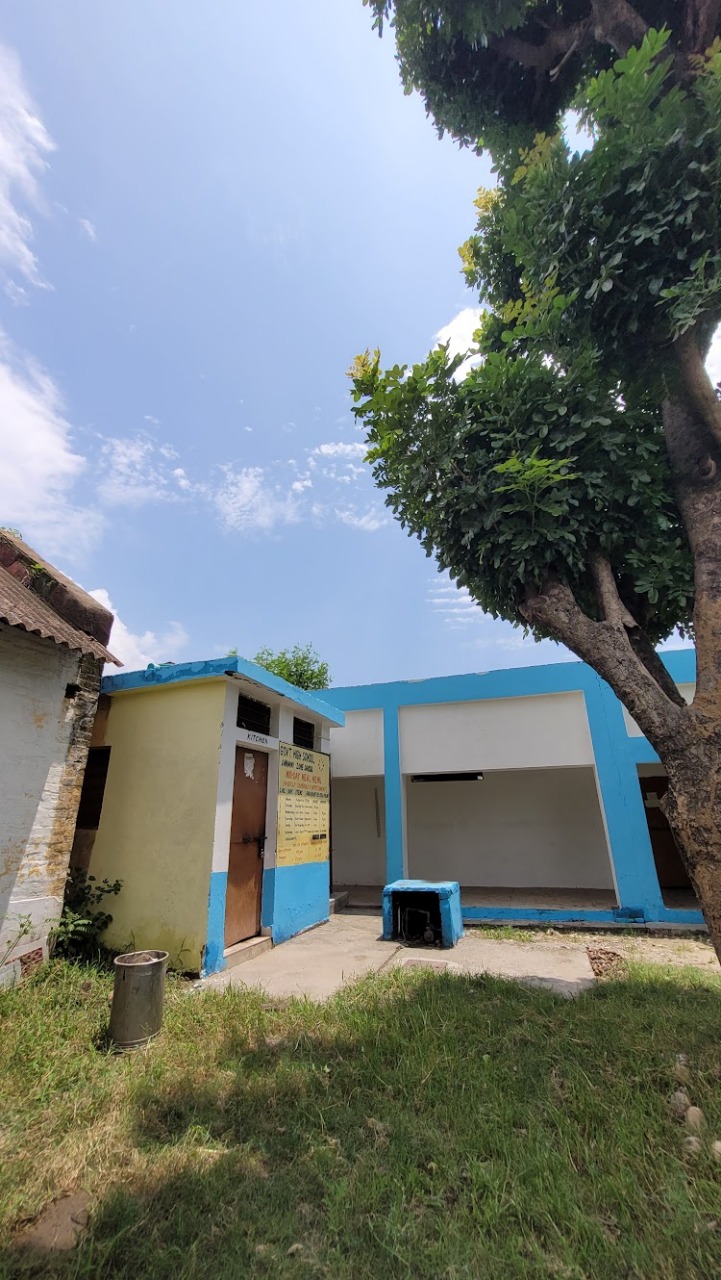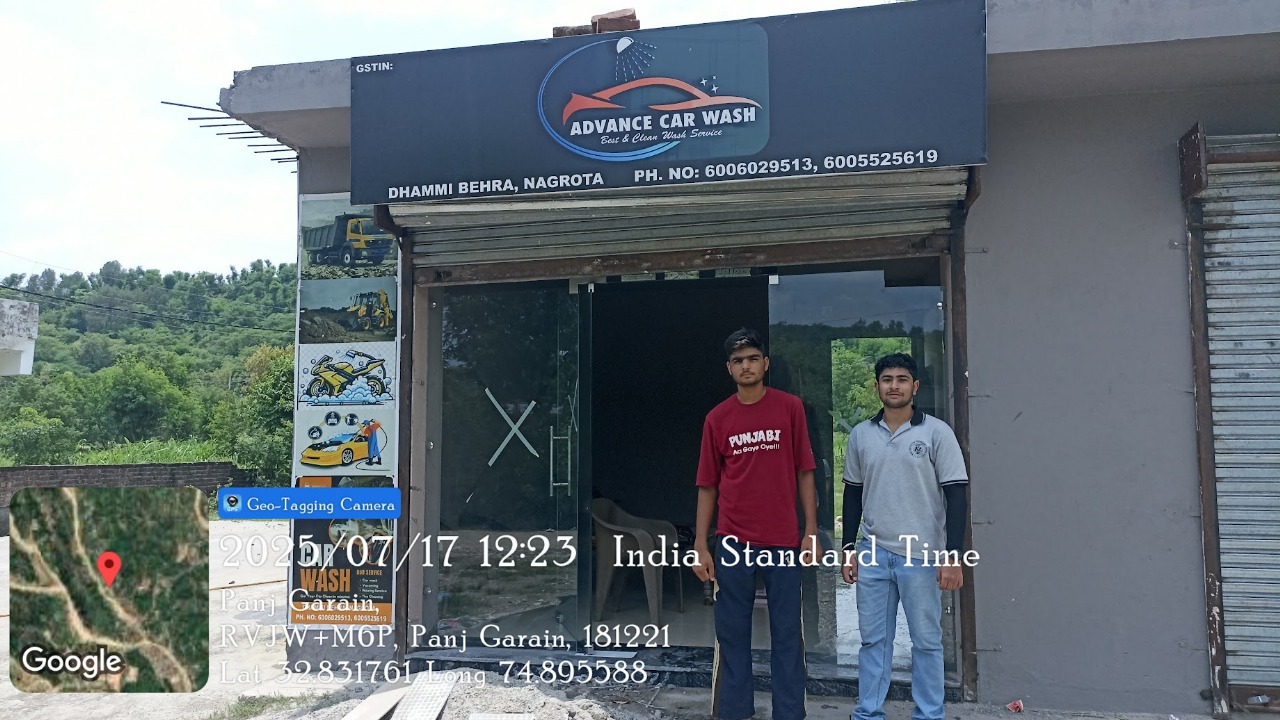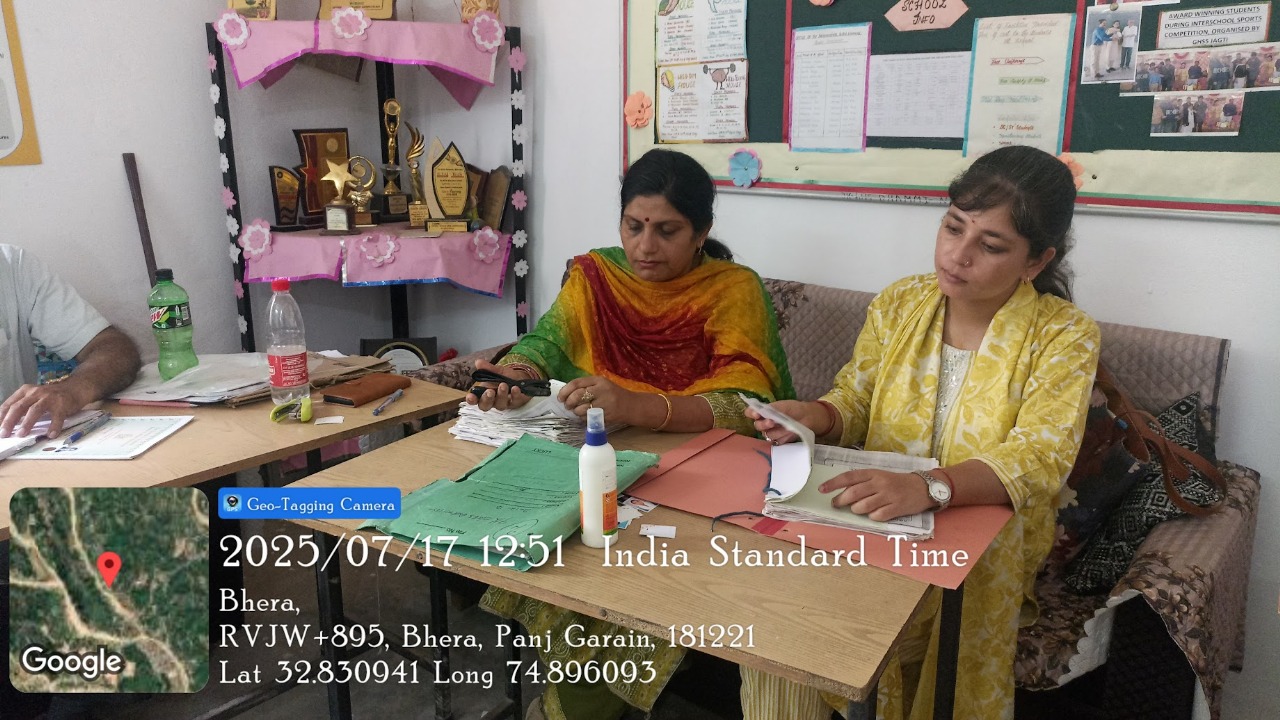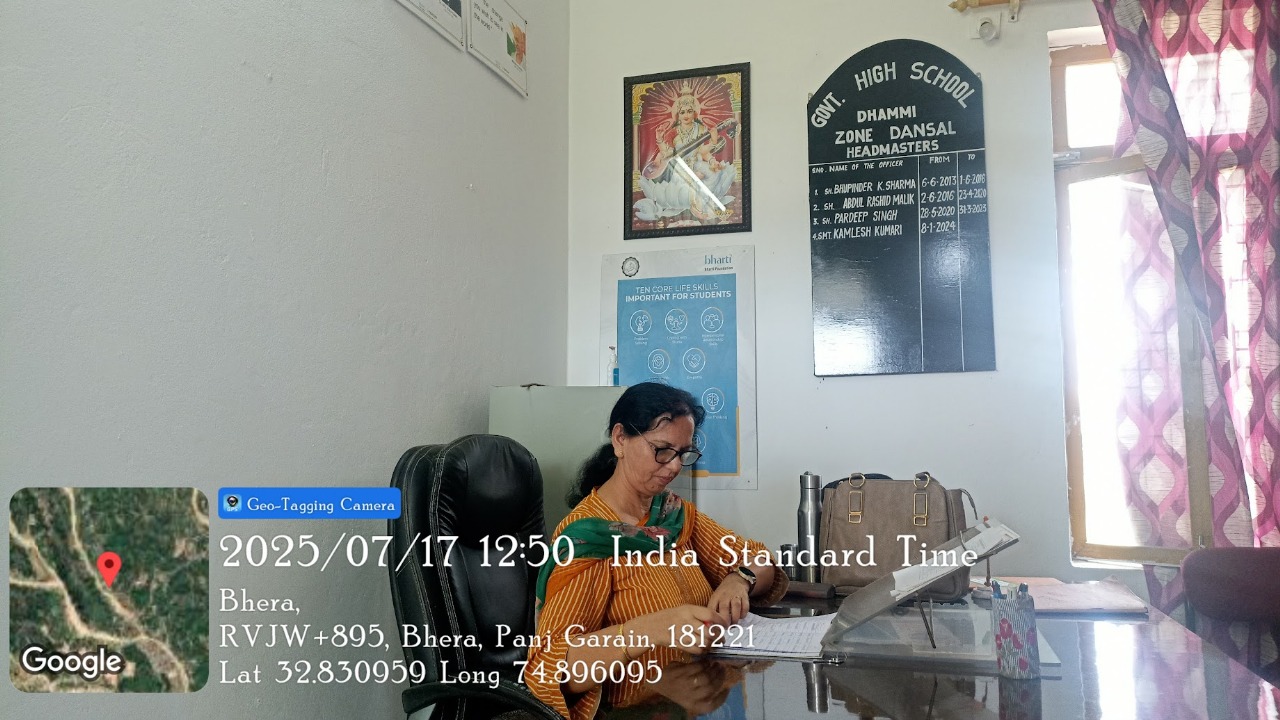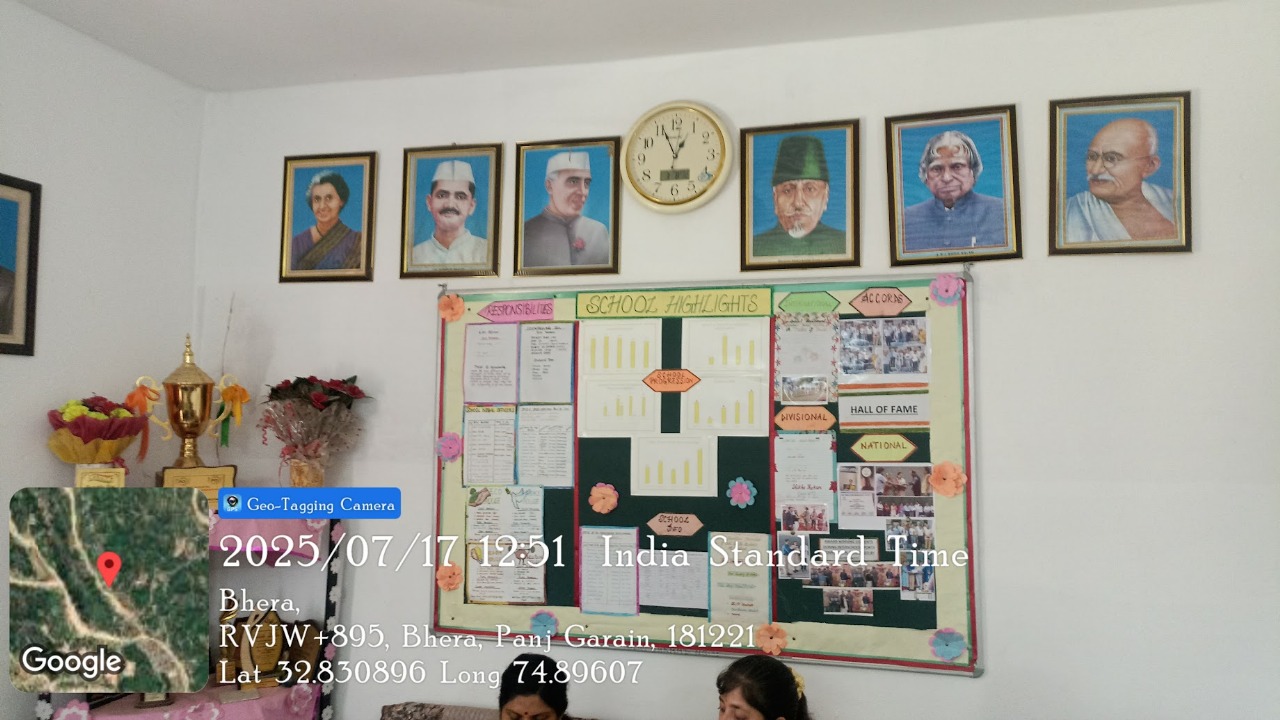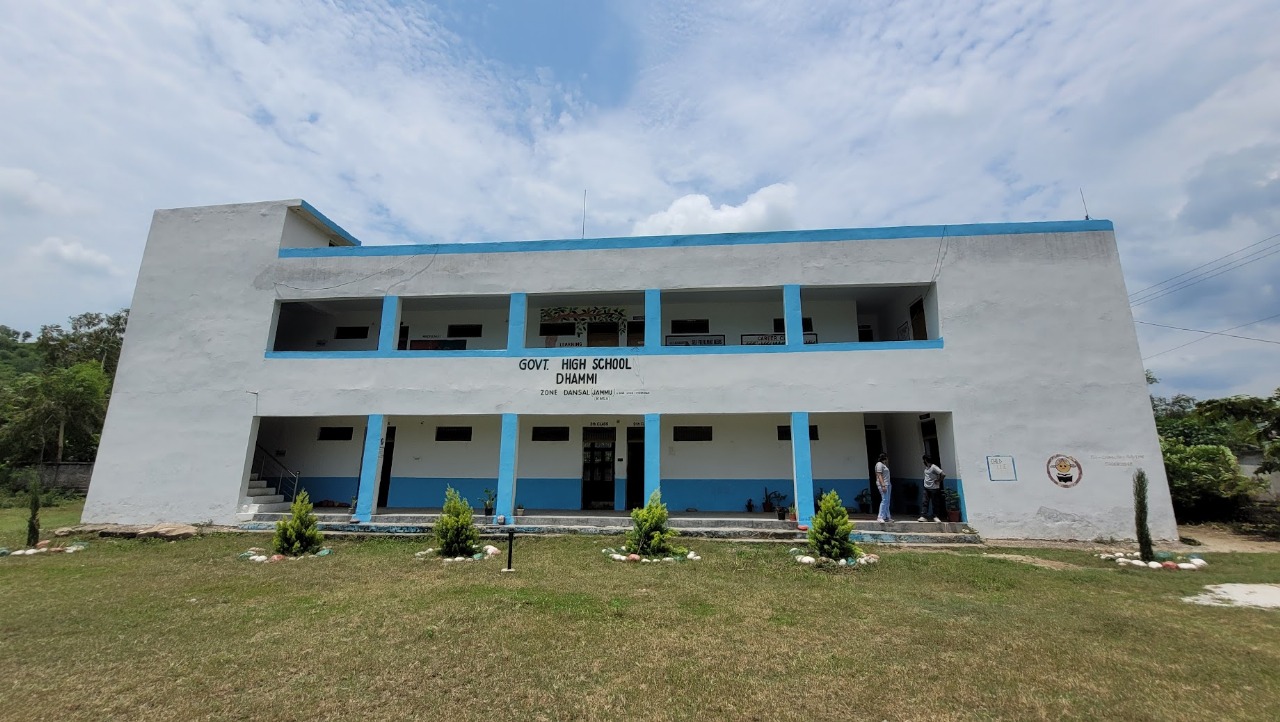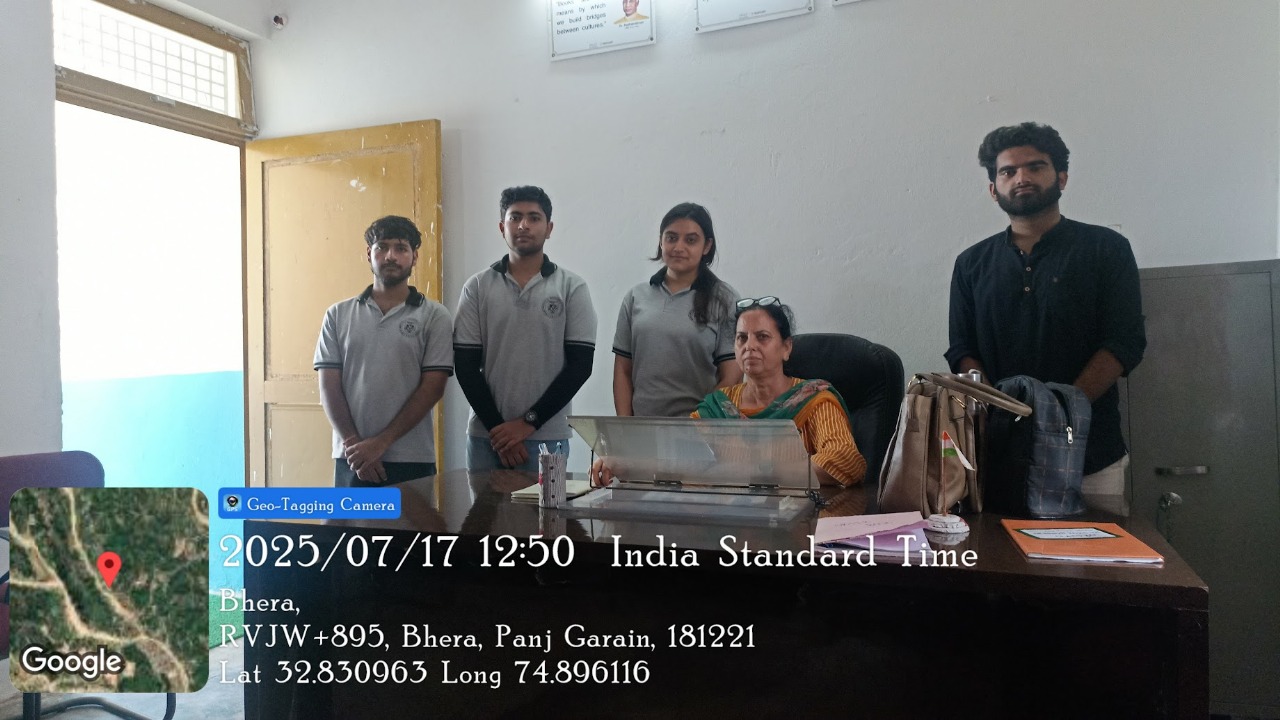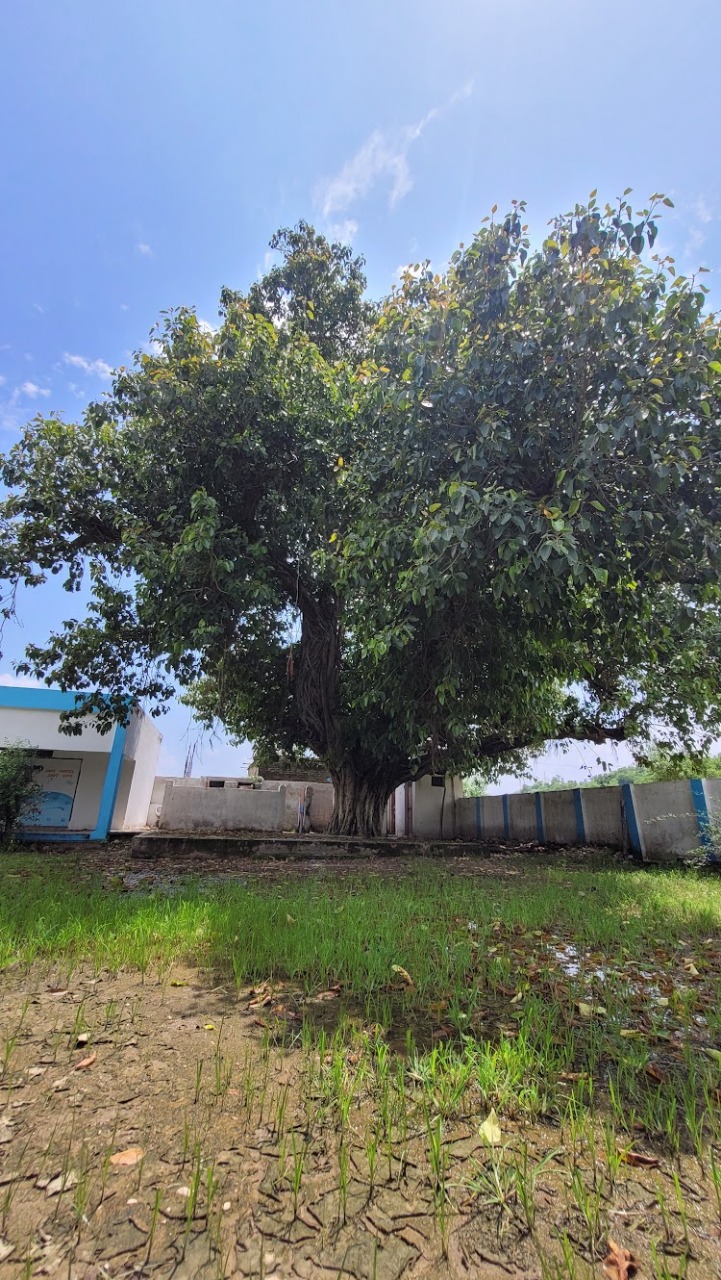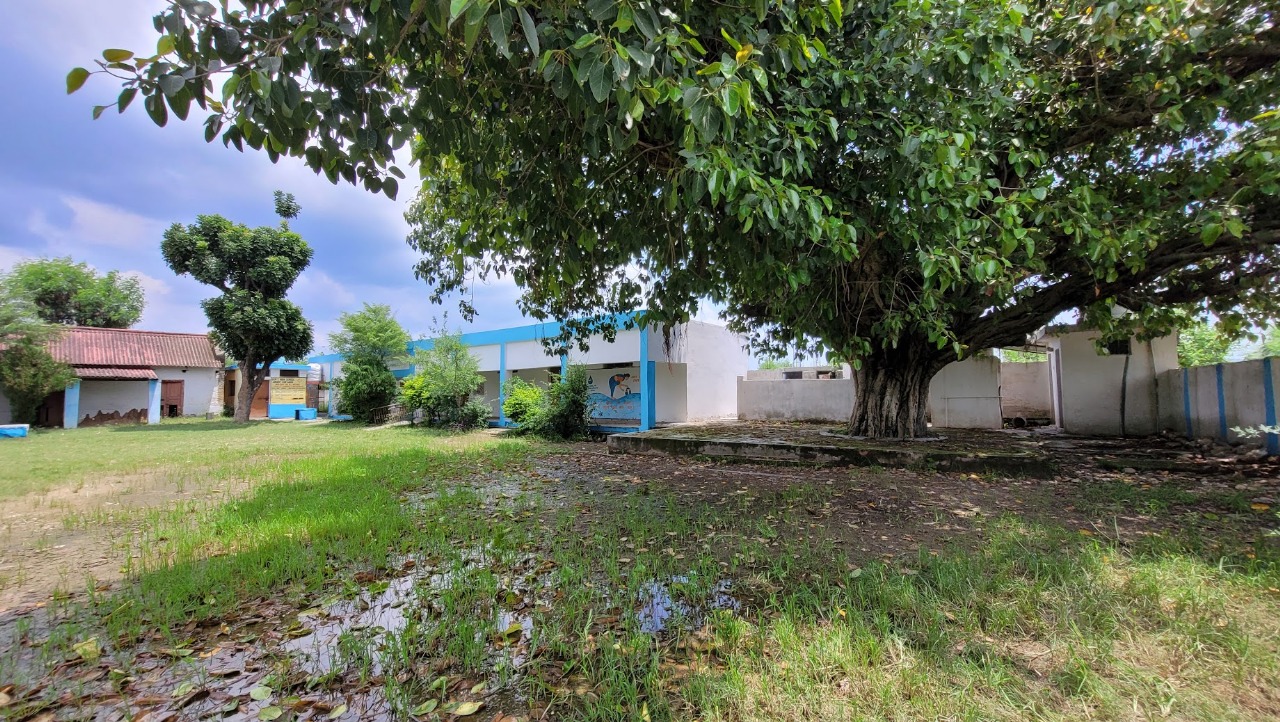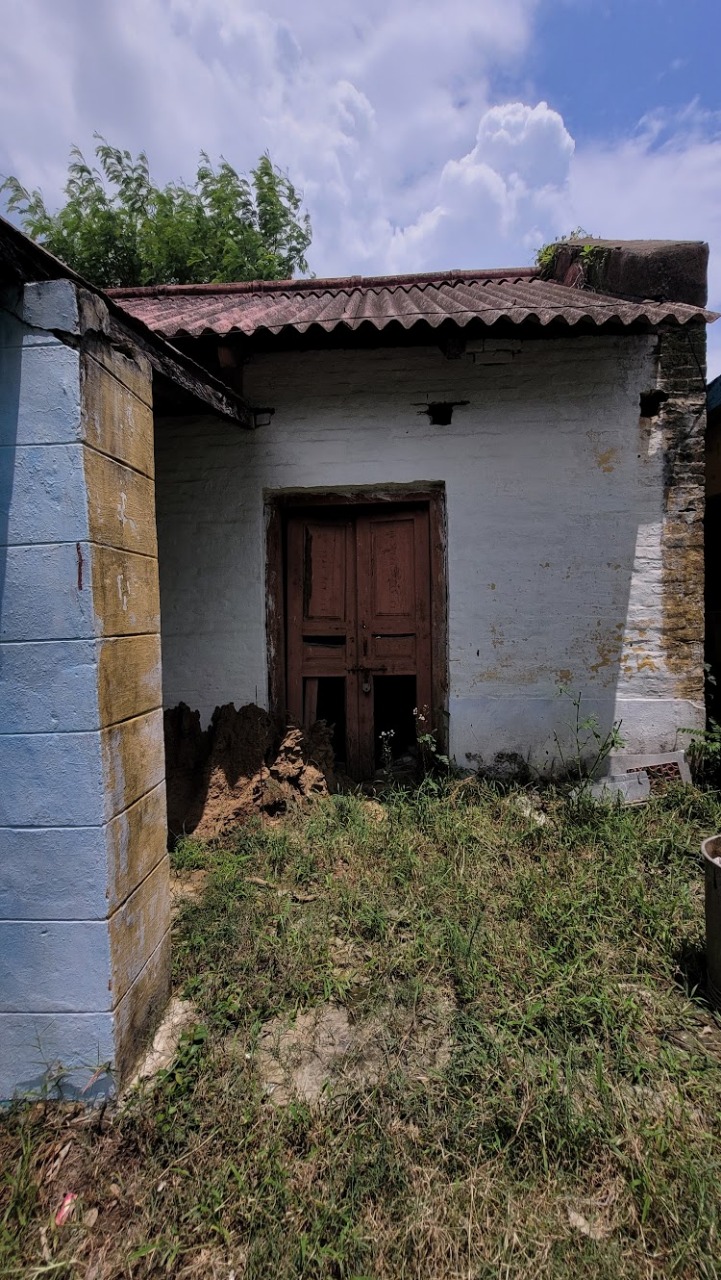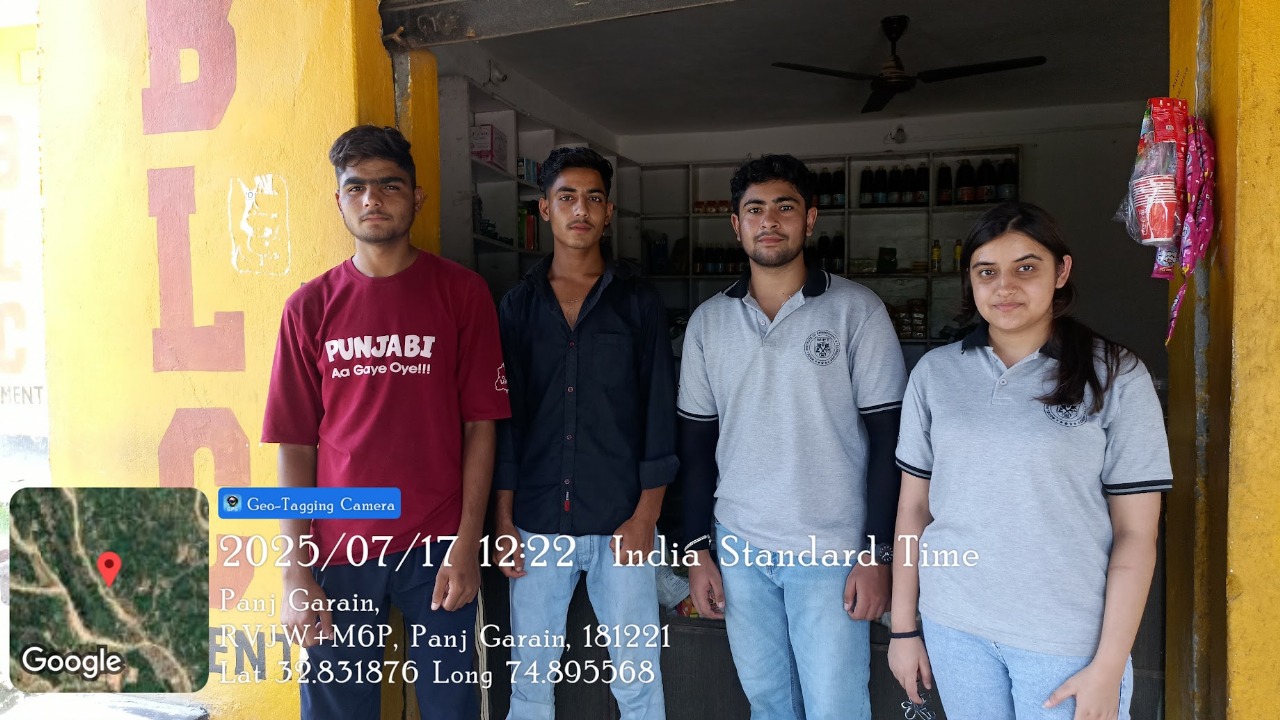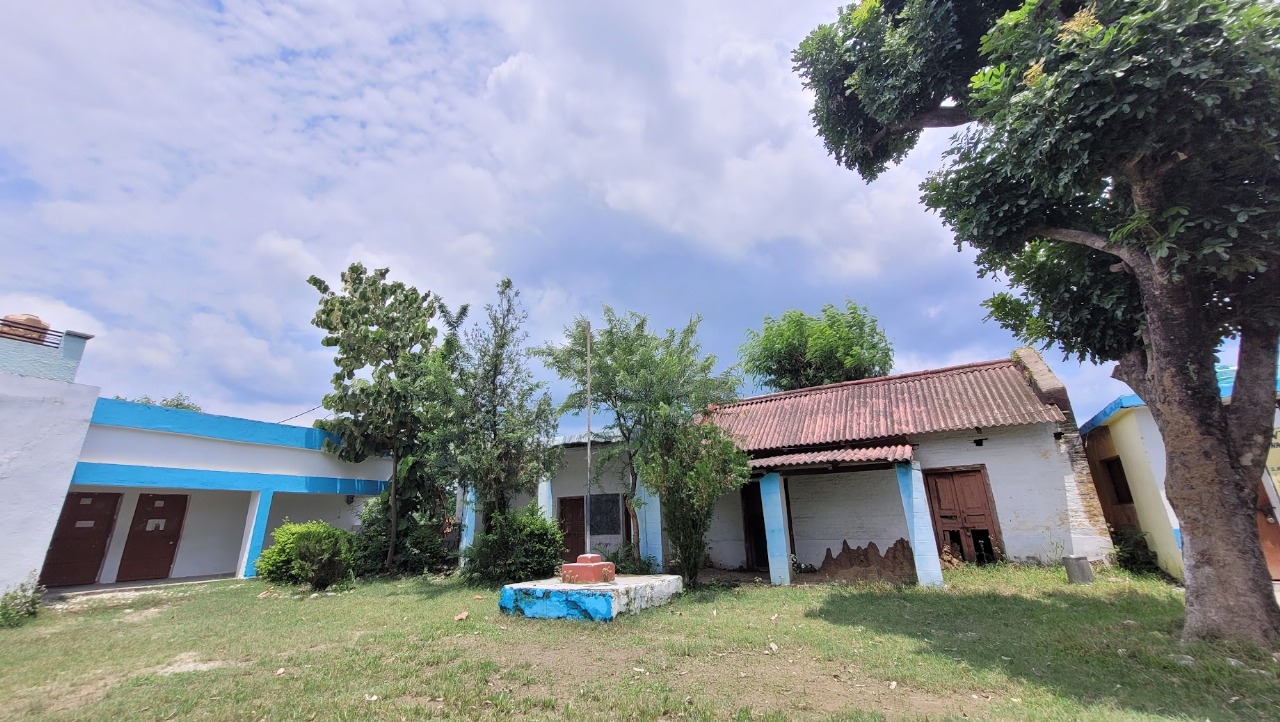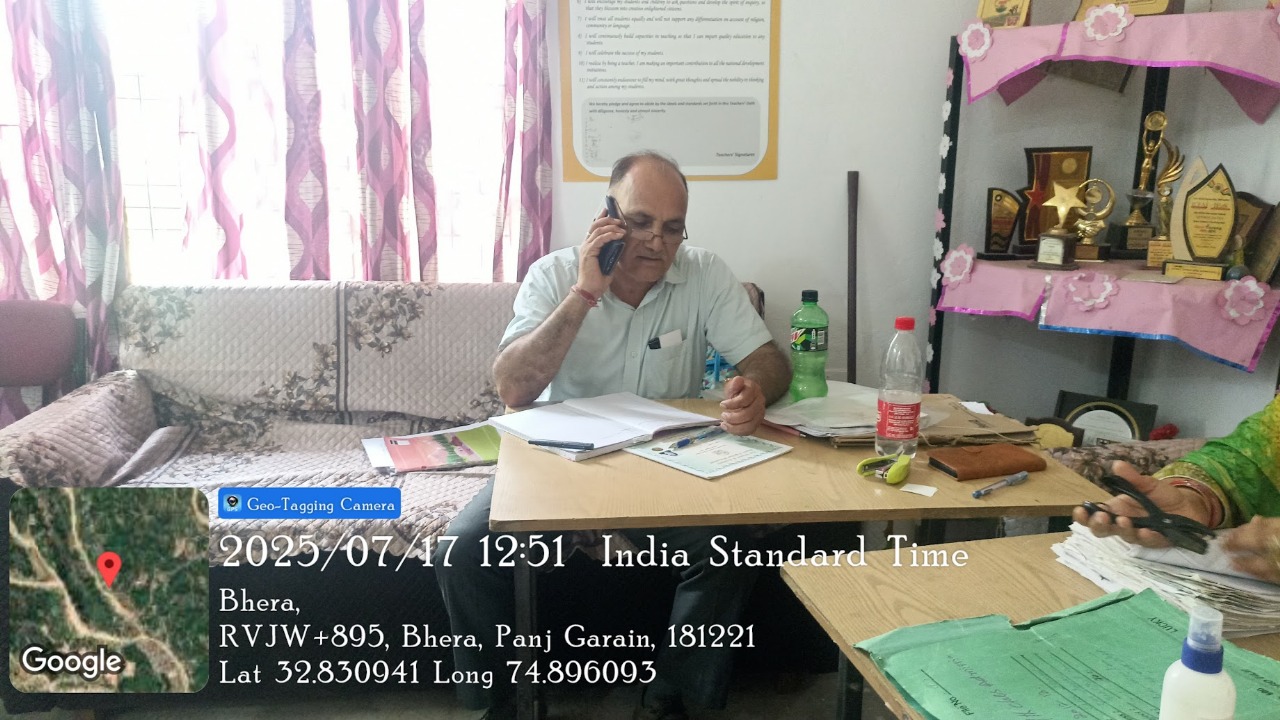Description
Introduction to Dhami
Dhami is a small but culturally rich village located in the Jammu region of the Union Territory of Jammu and Kashmir, India. Nestled amidst scenic hills and lush greenery, the village reflects the traditional lifestyle of the region, where agriculture continues to be the backbone of livelihood. The residents of Dhami live in harmony with nature, preserving age-old customs and folk traditions that shape their daily life.
The village is especially known for its strong sense of community, with families supporting one another in farming, festivals, and social activities. Annual religious and cultural gatherings unite people across generations, strengthening social bonds and communal harmony. With its serene environment, cultural depth, and agricultural roots, Dhami stands as a testimony to the resilience and simplicity of rural Jammu and Kashmir.
Population and Demographics
Dhami village is classified as a rural settlement under Nagrota tehsil and Panchayat Jagti, with the official census code 005680. According to records, it has 210 households, covering a total geographical area of 390 hectares, of which 67.2 hectares are cropped land. Irrigation is mostly rain-fed, with some support from small canals and natural water sources.
The population of Dhami stands at 1,019 residents, comprising 591 males and 428 females. Among these, 15 individuals belong to Scheduled Castes (SC) while 439 belong to Scheduled Tribes (ST). Literacy levels highlight the rural character: 386 literate males and 215 literate females, making a total of 601 literates in the village.
Urbanization and Settlement Pattern
Dhami is purely rural in character and does not show urban traits like dense markets, commercial hubs, or industrial activity. The literacy and infrastructure data underline its non-urban profile, with most families dependent on farming and allied occupations.
Unlike towns or semi-urban areas, Dhami lacks modern service centers, shopping complexes, or advanced healthcare facilities. Even official statistics reinforce this classification, with the urban literacy rate recorded at 0%. The settlement pattern consists of scattered households, some modernized with concrete structures, but most still rooted in traditional mud and stone houses.
Cultural Heritage and Traditions
The cultural fabric of Dhami is deeply influenced by Dogra traditions and tribal practices. Families maintain strong kinship bonds, where extended households live close together, sharing resources and responsibilities. Respect for elders plays a central role in decision-making, both at home and during village gatherings.
Major Hindu festivals such as Lohri, Baisakhi, Diwali, Holi, and Navratri are celebrated with collective enthusiasm. Traditional Dogri folk songs, Kud dance, and Geetru performances mark these occasions, accompanied by the beats of dhol and nagara. For tribal groups, harvest festivals and nature-based rituals remain integral, linking spirituality with agriculture. Temples and shrines serve as cultural centers, where regular pujas and seasonal fairs reinforce spiritual values and community unity.
Historical Background of Dhami
The history of Dhami stretches back to its origins as a remote mountainous settlement in Nagrota tehsil. Traditionally, people lived in small scattered hamlets rather than in one central village. Families were self-sufficient, relying on farming and livestock, producing only enough for their immediate needs.
During the princely Dogra rule of Jammu and Kashmir, Dhami was part of the agrarian administration system. Villagers contributed taxes either in cash or through agricultural produce. The land revenue system tied the people closely to local officials and jagirdars.
Following India’s independence in 1947 and the accession of Jammu and Kashmir to the Union, Dhami underwent gradual administrative reforms. The Panchayati Raj system was introduced, giving villagers elected representation through the Sarpanch. Over time, scattered hamlets merged into today’s Dhami, marking its transformation from a traditional, self-reliant community into a structured rural settlement within Jammu district.
Cuisine of Dhami
The food culture of Dhami reflects its agricultural lifestyle and Dogra heritage. Meals are simple, nutritious, and locally sourced. Grains such as rice, wheat, and maize are staples, while pulses like rajma, black gram, and chickpeas add protein to the diet. Seasonal vegetables—cauliflower, radish, turnip, and leafy greens—are central to daily meals.
Dairy products, including curd, ghee, and buttermilk, play a vital role in the cuisine, along with pickles and chutneys prepared from local produce. During festivals, villagers prepare special dishes such as khichdi and rice-based sweets, reinforcing the bond between food, tradition, and spirituality.
Agriculture and Livelihood
Agriculture remains the primary occupation of Dhami, with most families engaged in subsistence farming. The main crops include rice, wheat, and maize, supplemented by pulses and vegetables. Seasonal fruits such as guava, mango, citrus, walnuts, and apricots are also cultivated, depending on elevation and climate.
Livestock rearing is another important occupation, with cows, goats, and poultry contributing to household income and nutrition. While farming remains rain-dependent, villagers practice community cooperation to share water and resources during the cropping season. The agricultural cycle shapes the rhythm of life, festivals, and collective activities.
Infrastructure and Connectivity
Dhami is modestly connected to Jammu city through rural roads built under the PMGSY scheme. Roads are motorable but often narrow and in need of maintenance. Shared taxis, local buses, and private vehicles such as tractors and motorbikes are the common modes of transport.
Electricity is available in the village, though frequent power cuts remain a challenge. Water supply comes from wells, hand pumps, and natural springs, with limited piped water connections. Primary schools serve local children, while older students travel to Nagrota or Jammu city for higher education. Healthcare is basic, and residents often rely on facilities in nearby towns. Despite limitations, gradual improvements are visible in road connectivity, digital access, and government schemes.
Challenges Faced by the Village
Residents of Dhami continue to face multiple challenges that limit development. Agriculture suffers from low productivity due to small landholdings and dependence on rainfall. Infrastructure gaps, such as poor road quality, irregular electricity, and limited water supply, affect daily life. Healthcare services are inadequate, forcing villagers to travel long distances for serious treatments.
Educational opportunities for girls are particularly limited, contributing to a gender gap in literacy. Unemployment and migration of youth to nearby towns and cities are common, as the village lacks large-scale job opportunities. Despite these difficulties, the people of Dhami remain resilient, relying on community cooperation, traditional wisdom, and gradual adaptation to modern changes.
Photos
Videos
Location Map
Amenities
- Website
Contact Information
| Address |
Dhami, Nagtota district, Jammu & kashmir |
| Phone Number |
9419737381 |
| Email Address | |
| Website | https://jkpanchayat.jk.gov.in/homeview.php?panchayat=Jagti&block=Nagrota |

